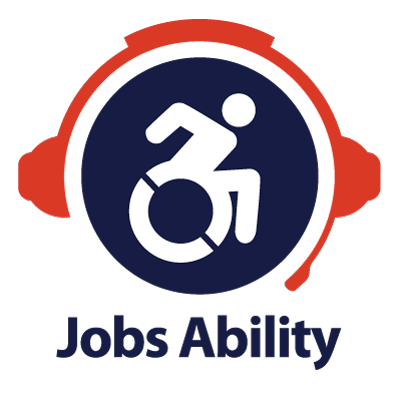Careers Available: Substance Abuse Counselor
August 22, 2013Getting Back to Work
September 2, 2013Not mentioned in this week’s news that included wildfires in the crisis in Syria, is new Department of Labor regulations around hiring people with disabilities. We all know the unemployment rate for people with disabilities is too high. One of the ways the government wants to reduce the rate is by increasing the nationwide employment goal for federal contractors.
What strikes me in the write-up is the self-identification. The invitation to self identify maybe the second biggest challenge, behind the 7%. We all understand it is a difficult call whether to self identify. One of the blessings of being a quadruple amputee, is that I didn’t have to make that decision later on in my career. My decision came during the resume and interview period of time. If these regulations had been in place 20 years ago, it would’ve been easier for me to find a job with the government contractor. It will help people.
One of the challenges though, is to get those people already employed today to self identify. It comes back to communication. Recently, a good friend of mine Corey Jamison suggested I read the book written by Arbinger titled Leadership and Self-Deception. Without spoiling the end, the gist of the book is how we communicate with one another. It is very important how we communicate with each other in business. As a person with a disability, we learn how to communicate with one another on a different level. Because we feel others will see us as limited due to disability, we enhance our communication skills. The examples in this book of education illustrate how I have always felt I have communicated with people in business as a person with a disability.
Building a place people with disabilities can communicate comfortably with each other as well as our employer – is vital to success!
As we meet the challenges of the new 503 regulations, we can support our communications ability amongst ourselves as people with disabilities. We can create a friendly environment to be able to be present with one another or as Arbinger might say “in the box.” We can build an environment where people with disabilities can self identify. It starts by sharing stories with one another of other successful people who self identify and are happily employed.
For more information on how Our Ability can assist your communication – please contact John.
August 27th – The Final Rule will be published in the Federal Register shortly and is effective 180 days after its publication. However, current contractors with a written affirmative action program (AAP) already in place on the effective date have additional time to come into compliance with the AAP requirements. The compliance structure seeks to provide contractors the opportunity to maintain their current AAP cycle.
Highlights of the Final Rule:
- Utilization goal: The Final Rule establishes a nationwide 7% utilization goal for qualified IWDs. Contractors will apply the goal to each of their job groups, or to their entire workforce if the contractor has 100 or fewer employees. Contractors must conduct an annual utilization analysis and assessment of problem areas, and establish specific action-oriented programs to address any identified problems.
- Data collection: The Final Rule requires that contractors document and update annually several quantitative comparisons for the number of IWDs who apply for jobs and the number of IWDs they hire. Having this data will assist contractors in measuring the effectiveness of their outreach and recruitment efforts. The data must be maintained for three years to be used to spot trends.
- Invitation to Self-Identify: The Final Rule requires that contractors invite applicants to self-identify as IWDs at both the pre-offer and post-offer phases of the application process, using language prescribed by OFCCP. The Final Rule also requires that contractors invite their employees to self-identify as IWDs every five years, using the prescribed language. This language will be posted on the OFCCP website (coming soon).
- Incorporation of the EO Clause: The Final Rule requires that specific language be used when incorporating the equal opportunity clause into a subcontract by reference. The mandated language, though brief, will alert subcontractors to their responsibilities as Federal contractors.
- Records Access: The Final Rule clarifies that contractors must allow OFCCP to review documents related to a compliance check or focused review, either on-site or off-site, at OFCCP’s option. In addition, the Final Rule requires contractors, upon request, to inform OFCCP of all formats in which it maintains its records and provide them to OFCCP in whichever of those formats OFCCP requests.
- ADAAA: The Final Rule implements changes necessitated by the passage of the ADA Amendments Act (ADAAA) of 2008 by revising the definition of “disability” and certain nondiscrimination provisions of the implementing regulations.
